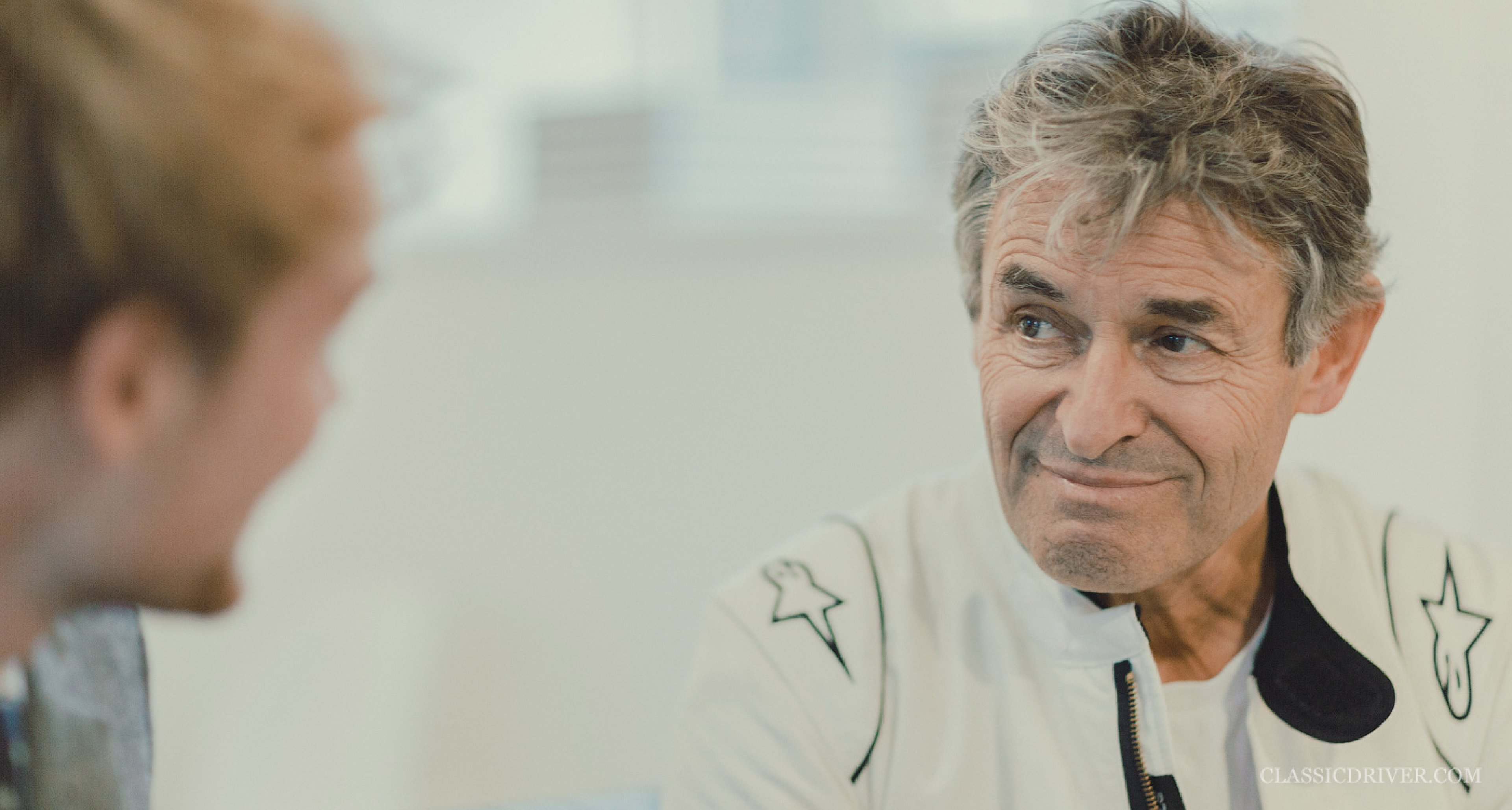
Hard to believe that racing driver, constructor and TV presenter Alain de Cadenet turns 70 today. His energy and sense of boyish fun made us laugh out loud when we chatted to him at Goodwood recently – and if you read on, you’ll see why...
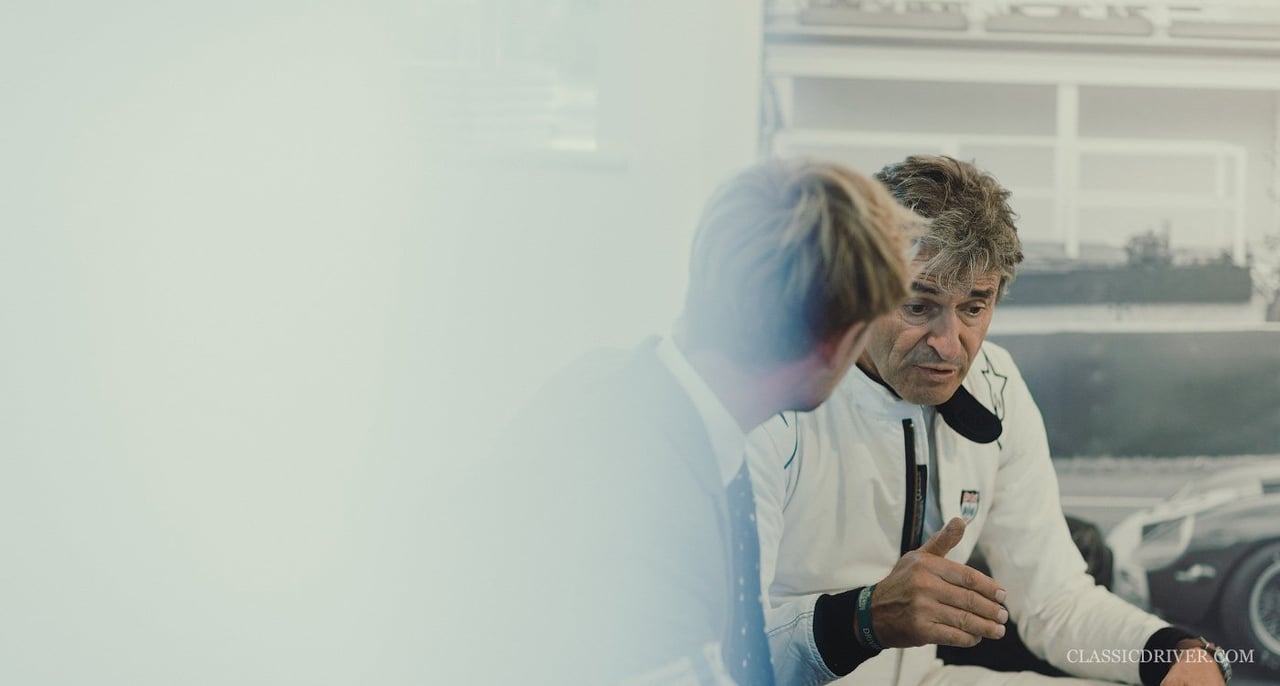
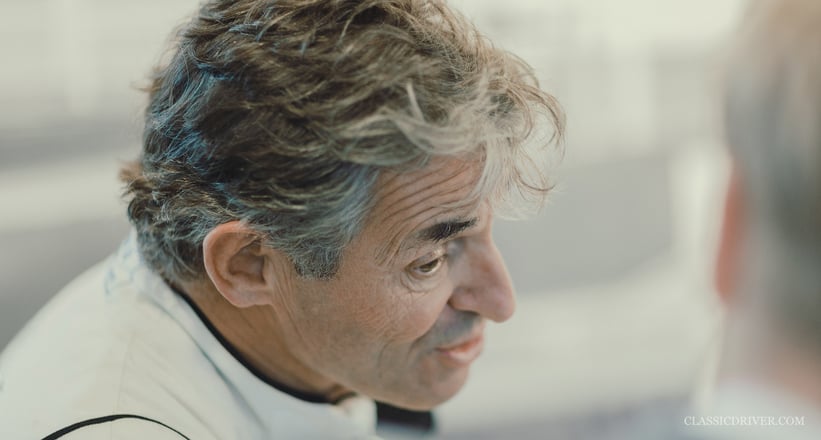
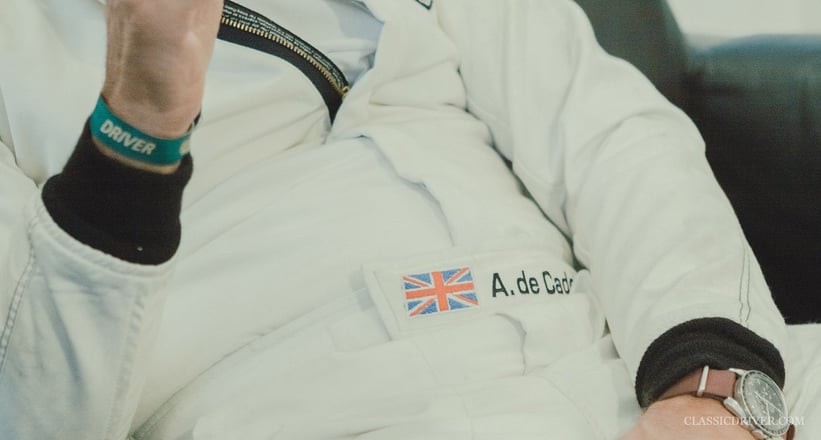
Is it true that you were a concert photographer?
Yes, I was the pirate radio stations Radio Caroline and Radio London’s photographer, specialising in rock and roll bands, album covers and general filth and squalor.
So how did you end up in motor racing?
I was invited to Brands Hatch by a friend of mine who was racing there, and I had never been to a motor race in my life. I had a rather cracking model girlfriend, so I took her down with me. She disappeared – apparently she went off with some guy who was a racing driver, so I thought I'd better go motor racing. Although I got into it because I thought it would be a great way to get with women, I started to rather enjoy the racing.
I was working with Emerson Fittipaldi once, and I told him the story that I’d gone racing for sex, but ended up liking the cars. One of the girls there asked him if he’d started racing for the same reason. “No no,” he said, “I went racing because I loved the racing… but I could not avoid the sex.”

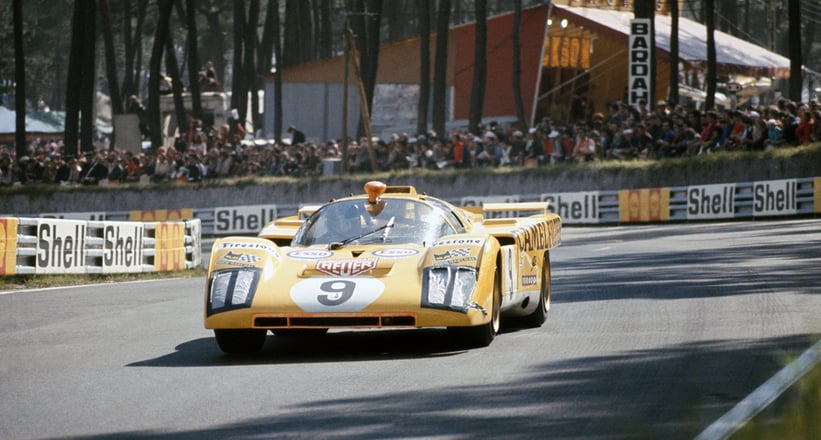
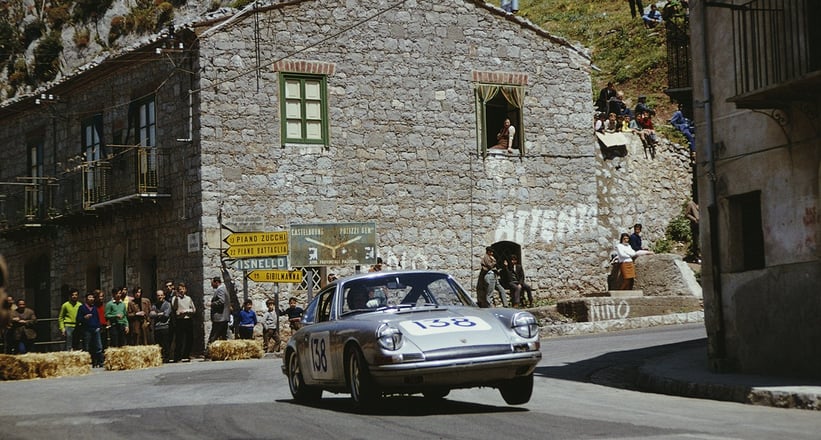
Before you started building your own cars, which was your most memorable race?
My favourite race was the Targa Florio. I only did it twice, and I was nearly killed the second time. I was in a Lola prototype, and I think I had a wheel come off. Something hit me on the head, I was knocked unconscious and the car spun down the road, hit a barrier and caught fire. I thought I had been thrown out prior to being rescued, but I hadn’t. I came to a halt in front of a Sicilian soldier who fought with the Germans against the Russians in World War Two. He jumped in and pulled me out – he saved my life. I didn’t know that until two years ago, when I was in Sicily filming our new Targa Florio film, The Sicilian Dream, and I met his family.
You’ve owned a number of Ferrari 250 GTOs over the years, is that right?
Yes. When they ceased to be the current weapon, they became very cheap and were a wonderful thing to buy to hack around on the street or to race. You could buy one for 1,500 quid. You’d race it, and if something went wrong you’d get shot of it and buy another one, because it was cheaper than taking it apart and fixing it. We were always looking for ways to do things cheaper.

Are there any other cars you wish you’d held onto?
I don’t know – I raced a lot of cars, many of which got pranged, and I’m very happy to have come through a whole career with anything at all. I’ve managed to hang on to ‘FLC’ [the Targa Florio-winning Alfa 8C], which I’ve been sorely tempted to dispose of at some points. I had a short chassis Alfa, which I had to trade for a Ford DFV engine when we had a mishap. To keep motor racing, you basically had to do whatever it took just to keep going. There’s no such thing as cheap polo.
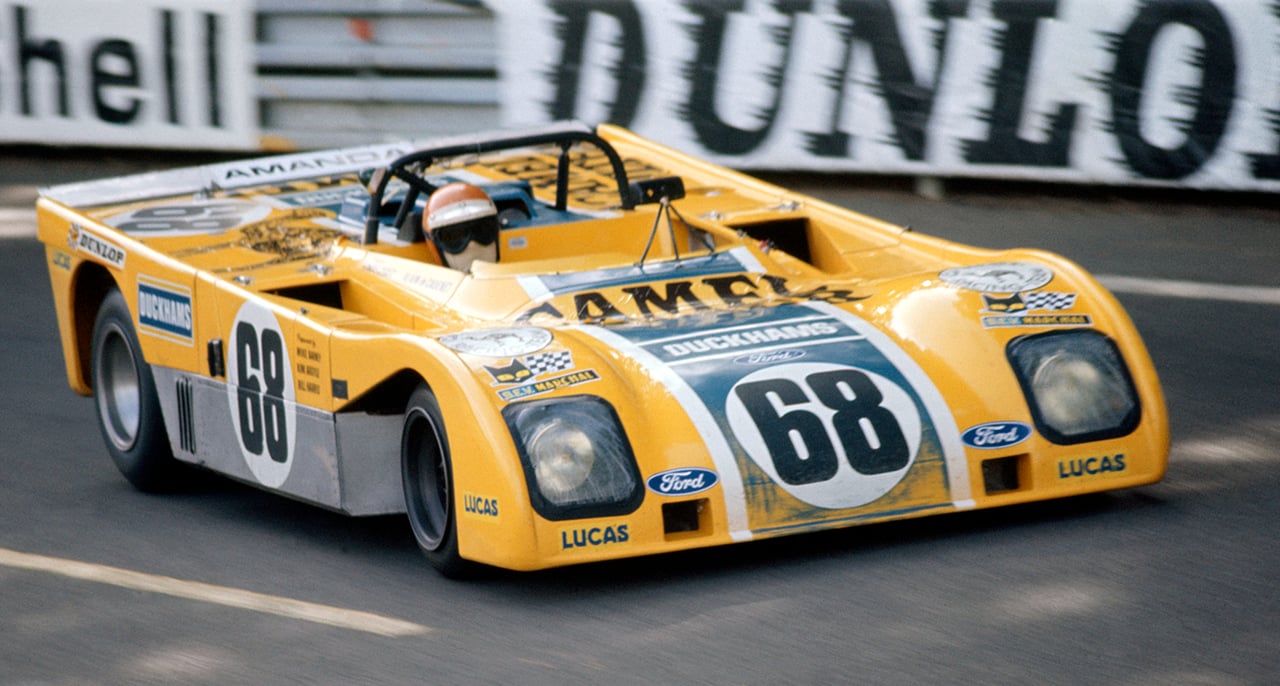
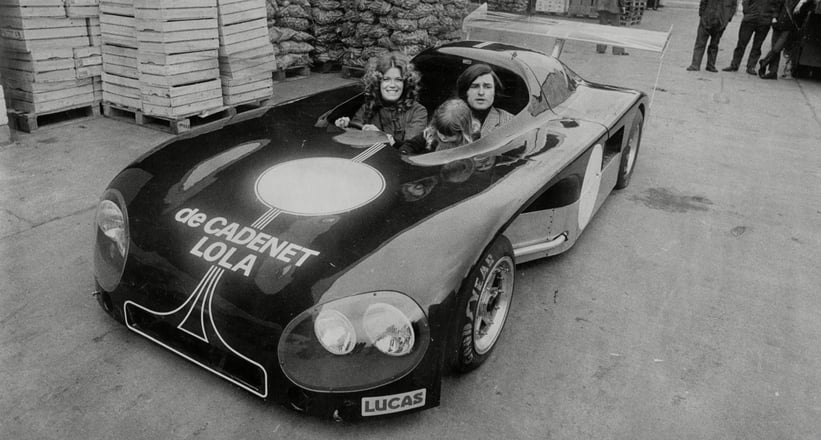
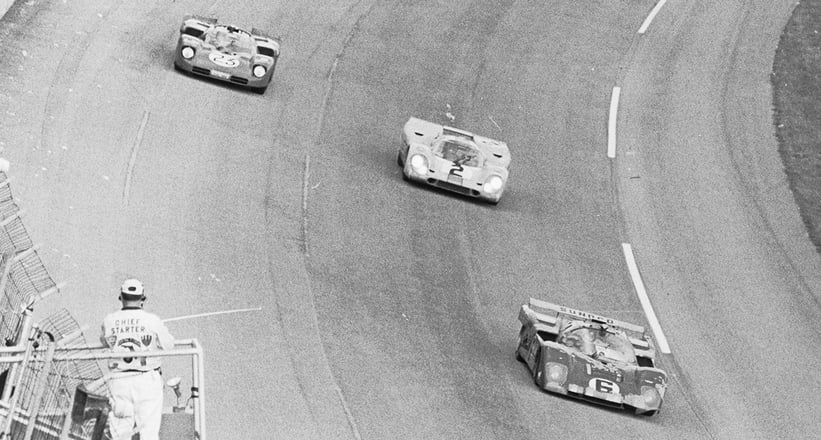
What prompted the decision to start building your own cars?
At the end of 1971, the five-litre prototype sports cars such as the 917 and 512 became obsolete, as the formula moved to three litres. Ferrari was running the 312PB, which I thought was the most jewel-like little thing they did, like a little Formula 1 go-kart. I went to the factory to see about running one, and was told they would never sell them to privateers as they were ‘too difficult to run’. I was pissed off, because I considered myself to be perfectly capable of running them.
Anyway, I met this young guy in the design studio at Brabham, and he had this innate way of describing technical details in layman’s language – his name was Gordon Murray. When Ferrari had turned me down, I asked him, “Do you think you could design a two-seater chassis that looks a bit like a Ferrari 312PB to fit my Brabham bits?” And that’s exactly what he did. I’d always wanted to have my own prototype type car and I thought if Ferrari wouldn’t let me have a car, I’d bloody well build my own and beat the bugger, and that’s what we set out to do.
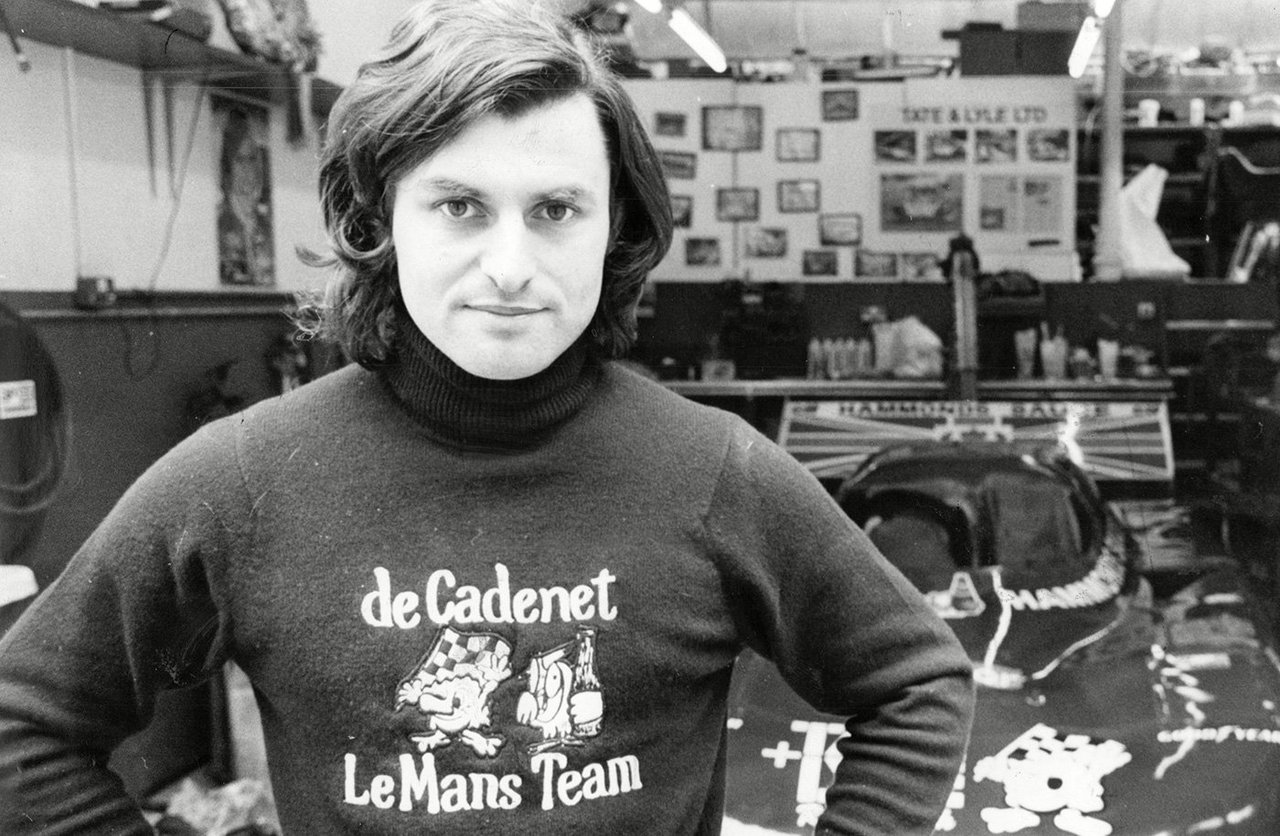
What was your most memorable moment as a constructor?
There are so many. Finishing our first Le Mans in 1972, for example. All my team were in tears. We were all hugging, it was a really emotional thing – I shall never forget it. Another is when we went to Monza in 1980 with Desiré Wilson.
What happened?
I handed over to Desiré about halfway through and we were in the lead. Off she went, and then it started to rain quite heavily. All the factory cars came in to change their tyres, but she seemed to be doing pretty well, so we left her out there in the torrential rain on slicks. We won the race by nine seconds, and how she kept in front of that braying pack of wet-weather-tyred wolves I’ll never know. It was one of the most incredible acts of skill, ability and racecraft I’d ever seen in my life.
So off we went to the prizegiving afterwards, and the guy said that it was one of the most extraordinarily good team management decisions of all time, to leave her out on slicks – what a remarkably fine-tuned, honed decision. There was a round of applause. What they didn’t know is that we didn’t have any rain tyres… she’d come in, and we’d told her to bugger off.
There must have been a fair share of humorous moments?
My team always behaved very badly, but we had the best laughs.
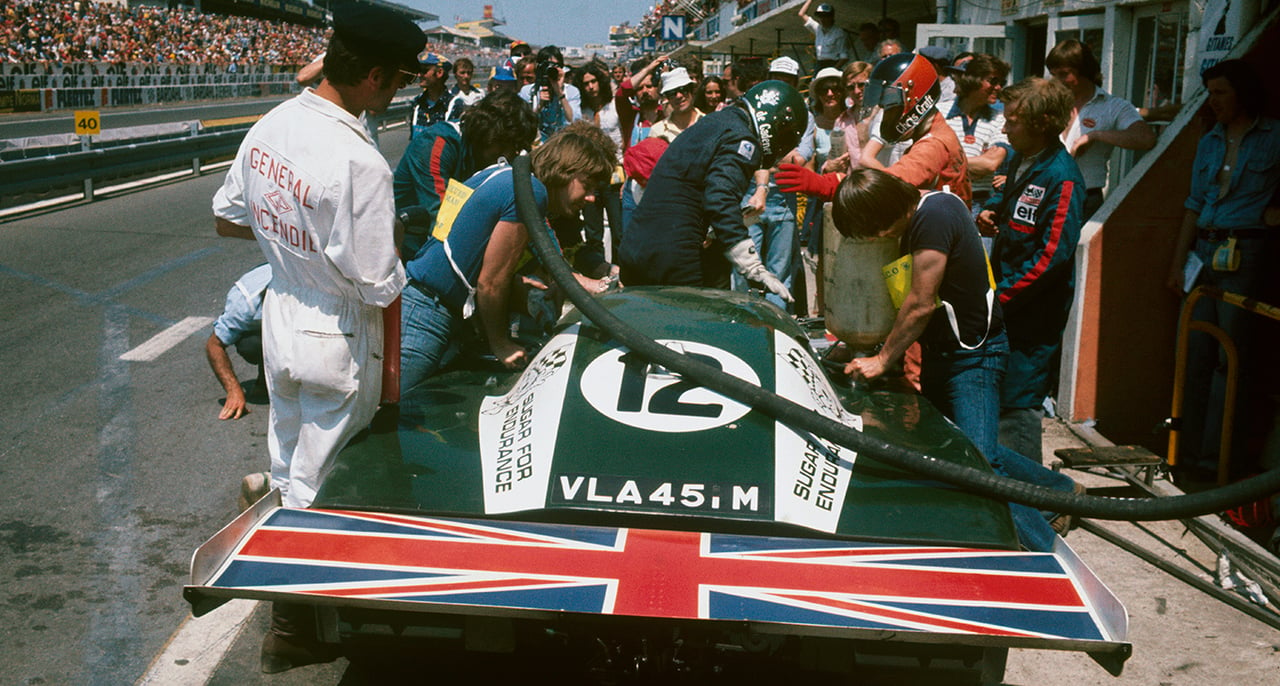


Were there ever times when it was more about the success and fame and glory, than the going out and having fun?
When I came third at Le Mans, we never got on the podium because we never even knew where it was. No one came to get us – if you look at the photographs of whoever won it that year, we’re not there.
Were you annoyed?
No! The glory of it was never part of it. It’s a very personal thing: I was just doing what I so wanted to do.
I imagine the same couldn’t be said for the majority of your competitors?
Absolutely. When I go to these motorsport seminars, they’re great fun, but for some reason, the people who put these things on are always enamoured of factory drivers. While they totally warrant their presence, I believe that these factory men who just showed up and parked their bum in a nice warm seat missed out on so much – the struggle to get your car bought, the struggle to find sponsorship, negotiations left, right and centre, for example. I was absolutely exhausted by the time I got in the car, but the feeling of euphoria when you got a result was truly magnificent. It was a momentary thing. When we were on the podium at Monza, I was thinking this is bloody great. And then the mechanic called for us to come and help load the car onto the trailer, and you were brought straight back down to earth. That’s life.
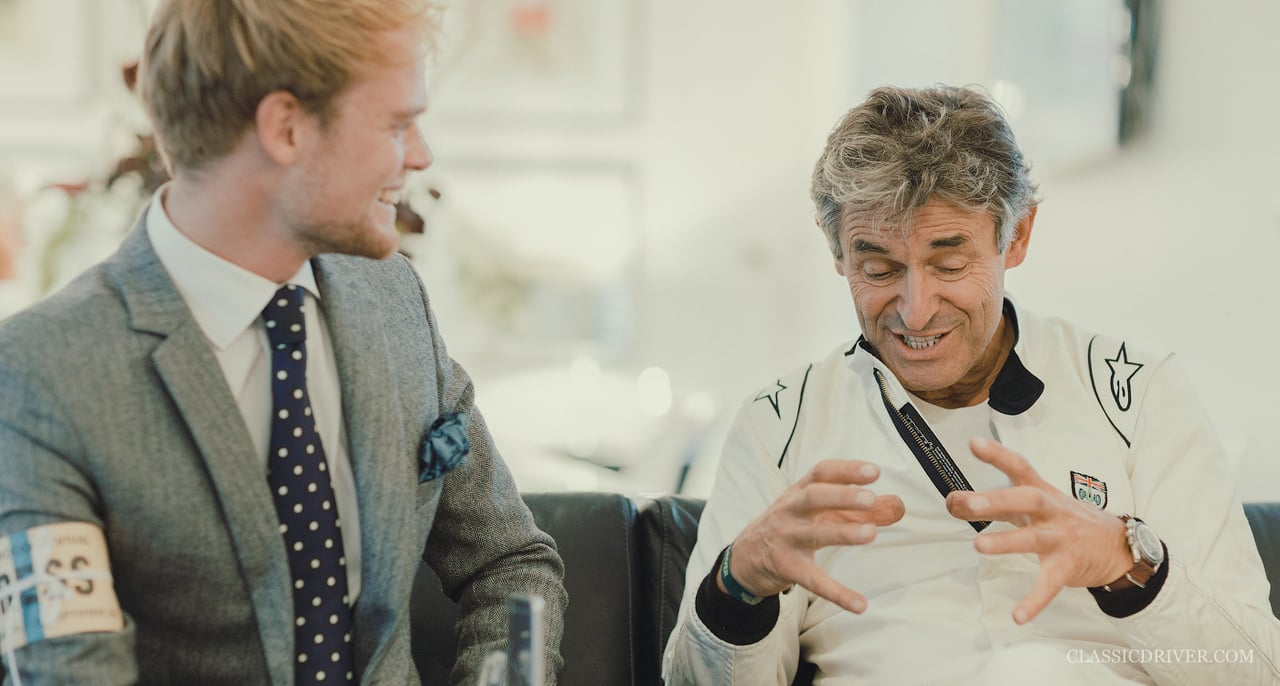
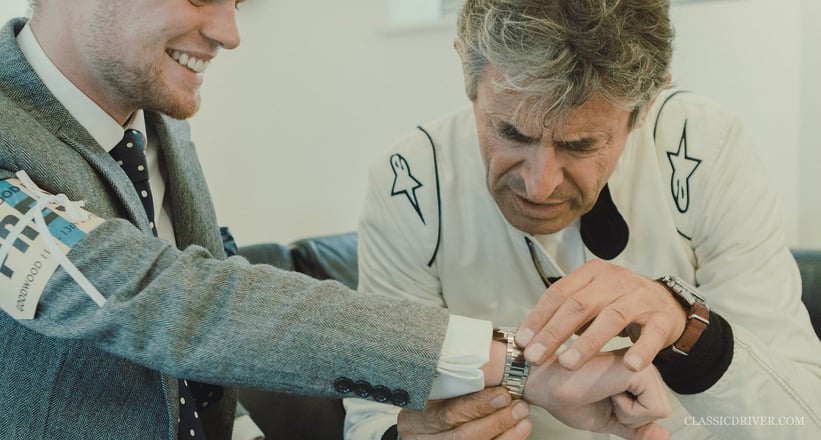
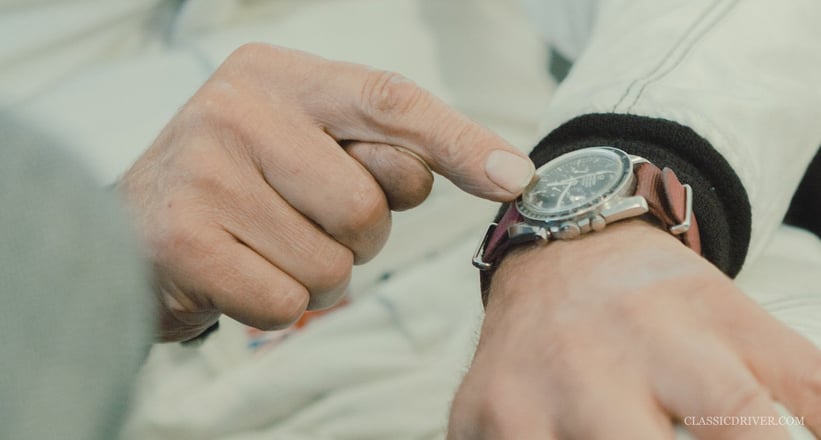
How do you think historic racing compares?
I don’t know really, I’m amazed at how historic racing works. Here at Goodwood you have massive money involved. If you go around the back where you can’t see, there are motor homes and transporters. We had two Transit vans and one trailer, and a spare wheel, and we were going FIA World Championship racing, doing the real deal that gets you in the history books. You don’t get into the history books for historic racing – why not go modern racing instead?
When you get in a historic car now, you must still get the red mist?
I always think, before any track action, that I am disciplined enough with all my experience not to have to rev the car too hard, brake too late or make an idiot of myself. But as soon as I get out on the track, all that goes out of the window.
Alain was speaking to us at Credit Suisse’s Race Control building, at the Goodwood Revival 2015.
Photos: Getty/Rex Features/Peter Aylward/LAT Photographic/James Mann for Credit Suisse
Alain de Cadenet regularly participates in both Credit Suisse’s historic rallies (mostly aboard his beloved Alfa Romeo 8C 2300) and its Historic Racing Forums, held at key historic motorsport events.
The series ‘Racing Legends’, in which we bring you a personal view of famous racing drivers, is kindly supported by the Credit Suisse Classic Car Program.

Aucun commentaire:
Enregistrer un commentaire